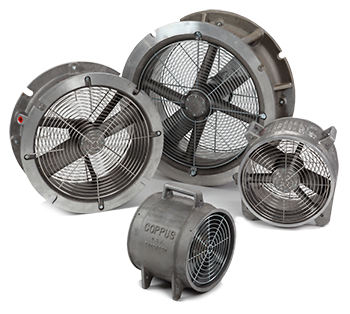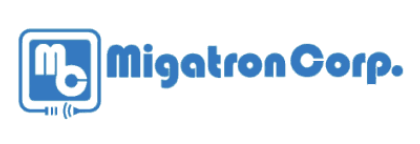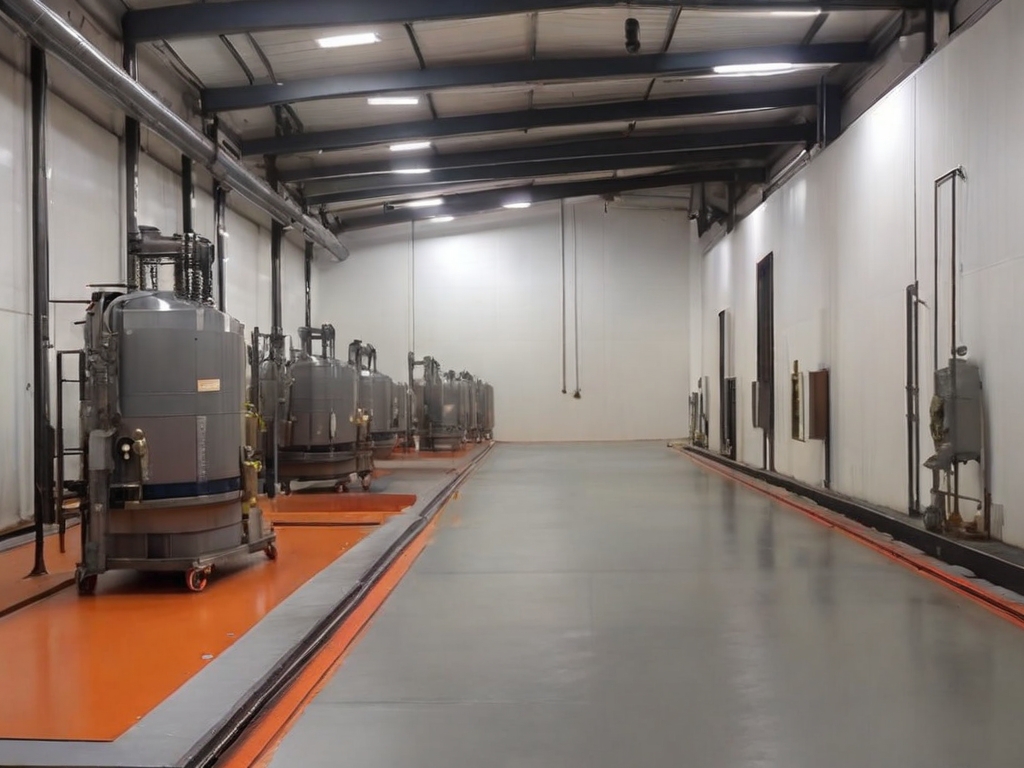Electrical safety in hazardous areas is a critical concern for many industries. The potential for accidents and incidents is high, and the consequences can be severe. This is where Intrinsically Safe Store comes in, providing a range of products and solutions designed to ensure safety in these environments. In this article, we will explore the development of a risk management framework for electrical safety in hazardous areas. We invite you to visit our website to learn more about our offerings and how we can help you manage risks effectively.
Understanding the Risks
Before developing a risk management framework, it’s essential to understand the risks associated with electrical safety in hazardous areas. These can include:
- Electrical shocks and burns
- Explosions and fires caused by sparks or heat from electrical equipment
- Equipment failure due to harsh environmental conditions
Identifying and Assessing Risks
The first step in developing a risk management framework is to identify and assess the risks. This involves conducting a thorough risk assessment, which includes:
- Identifying potential hazards
- Evaluating the likelihood and severity of these hazards
- Identifying who might be harmed and how
- Recording the findings and implementing them
- Reviewing the assessment and updating if necessary
Implementing Control Measures
Once the risks have been identified and assessed, the next step is to implement control measures. These can include:
- Using intrinsically safe equipment, such as those offered by Intrinsically Safe Store
- Implementing safe work practices and procedures
- Providing training and education to employees
- Regularly inspecting and maintaining equipment
Monitoring and Reviewing
The final step in developing a risk management framework is to monitor and review the effectiveness of the control measures. This involves:
- Regularly reviewing and updating the risk assessment
- Monitoring the effectiveness of the control measures
- Making necessary adjustments to improve safety
Case Study: A Successful Risk Management Framework
A good example of a successful risk management framework is the one implemented by a large oil and gas company. They identified the risks associated with electrical safety in their hazardous areas, assessed the likelihood and severity of these risks, and implemented control measures, including the use of intrinsically safe equipment. They also regularly reviewed and updated their risk assessment and monitored the effectiveness of their control measures. As a result, they significantly reduced the number of electrical safety incidents in their hazardous areas.

Developing a risk management framework for electrical safety in hazardous areas is a complex but necessary task. It involves understanding the risks, identifying and assessing them, implementing control measures, and monitoring and reviewing their effectiveness. By following these steps, companies can significantly reduce the risk of electrical safety incidents in their hazardous areas. If you need help developing a risk management framework or are looking for intrinsically safe equipment, contact us at Intrinsically Safe Store. We have the expertise and products to help you manage your risks effectively.


























